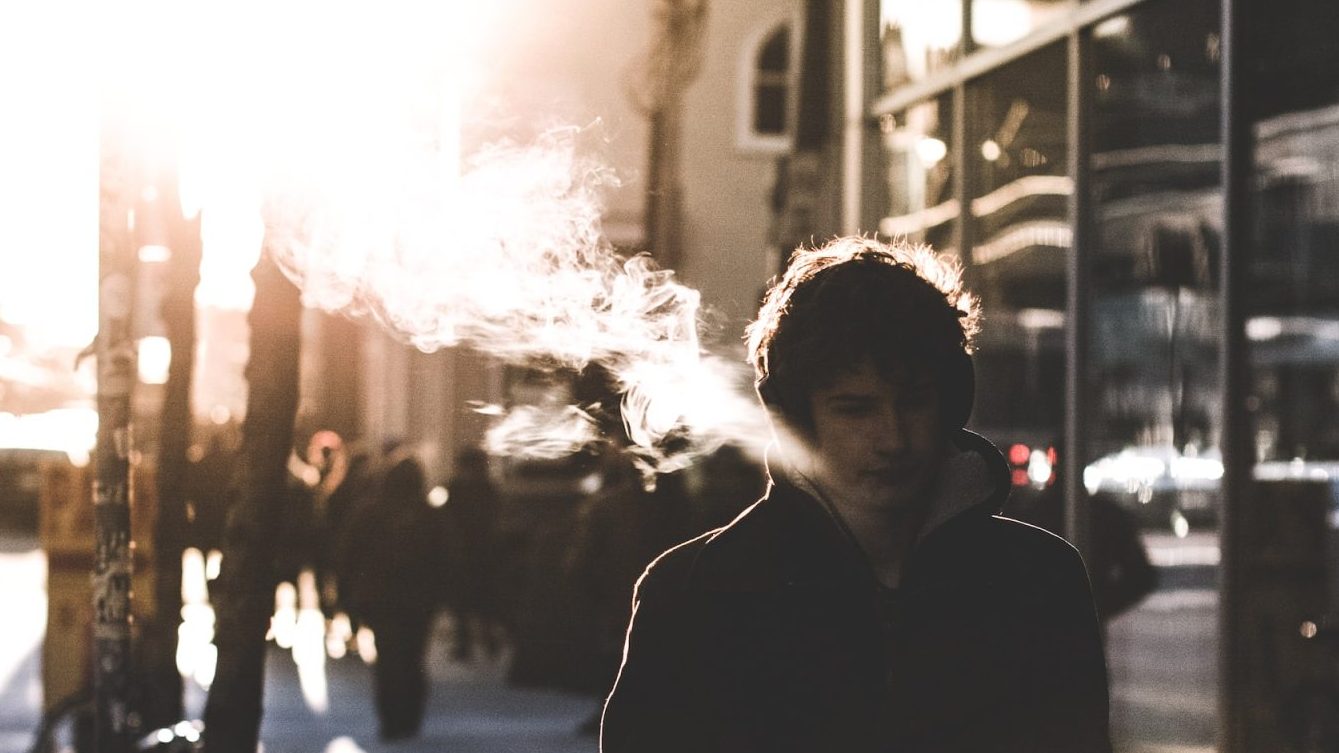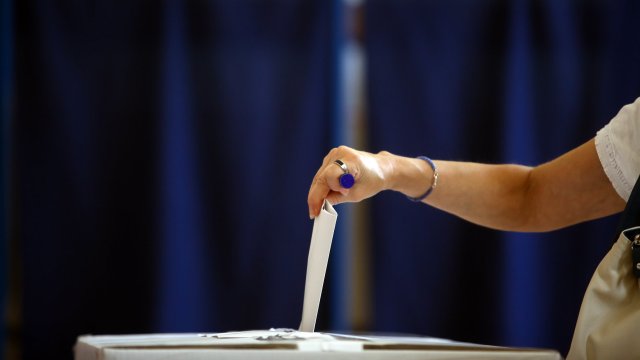Handshakes Cue the Brain with Smelly Chemical Signals

Your handshake communicates subtle social information about who you are, but it has nothing to do with whether your grip is firm or limp, say researchers at the Weizmann Institute of Science in Israel.
Conducting an experiment, Weizmann researchers selected 280 individuals for the study and greeted them with or without a handshake. But the moment of greeting was the experiment itself.
Using closed-circuit cameras, scientists observed that the individuals greeted with a handshake tended to keep their right hand close to their face during the conversation that followed, often touching their cheek or nose with their hand.
Scientists hypothesized that this was a subtle manner of sniffing chemicals produced by the human body that were transferred from one person to another during a handshake. To test their hypothesis, individuals were fitted with nasal catheters to measure airflow.
“They found that when a hand was in close proximity to the nose, airflow through the nasal passages doubled. In other words, the subject was sniffing.”
Outside of humans, mammals tend to greet each other by overtly investigating the social “chemosignals” given off at the beginning of the interaction. In other words, most mammals tend to smell each other at the start of an interaction. This was confirmed by scientists when they tested which, if any, chemicals transferred hands during a handshake:
“The scientists analyzed the content of sterile gloves used to shake the hands of the subjects. They found that squalene and hexadecanoic acid, both chemicals thought to play a part in social signaling in dogs and rats, were transferred onto the gloves.”
Because handshakes initiate many human interactions, we already know that they contribute to our first impression of someone. And much has been said about how the grip of a handshake communicates personality qualities: a limp grip communicates passivity, while too much strength can seem aggressive.
In his Big Think interview, author Michael Ellsberg discusses the importance of physical interaction when communicating to someone your personality and future intentions:
“A handshake actually has a large impact on your first impression when meeting people socially. There is this whole other area called eye contact where most people are very bad at it. … It’s not the only thing, obviously, that leads to success, but it’s actually surprisingly impactful and surprisingly influential. … The kind of eye contact you want to have when you go into a job interview is neither too aggressive nor too weak. It’s walking this perfect middle line that is called confidence.”
How the handshake evolved as a near-universal ritual to initiate human interaction remains something of a mystery. Some anthropologists have speculated that shaking someone’s hand is the most transparent way of demonstrating that you are not using it to hold a weapon, thereby signaling your peaceful intentions. That seems to ring true: think of someone in today’s world who actively avoids shaking your hand and how we feel about that person’s intentions.
But the new findings from Weismann Institute introduce the new possibility that scent detection evolved in humans to be more subtle, eventually becoming a subconscious behavior, in order to avoid showing overt suspicion or openly questioning the character of the person across from you.





